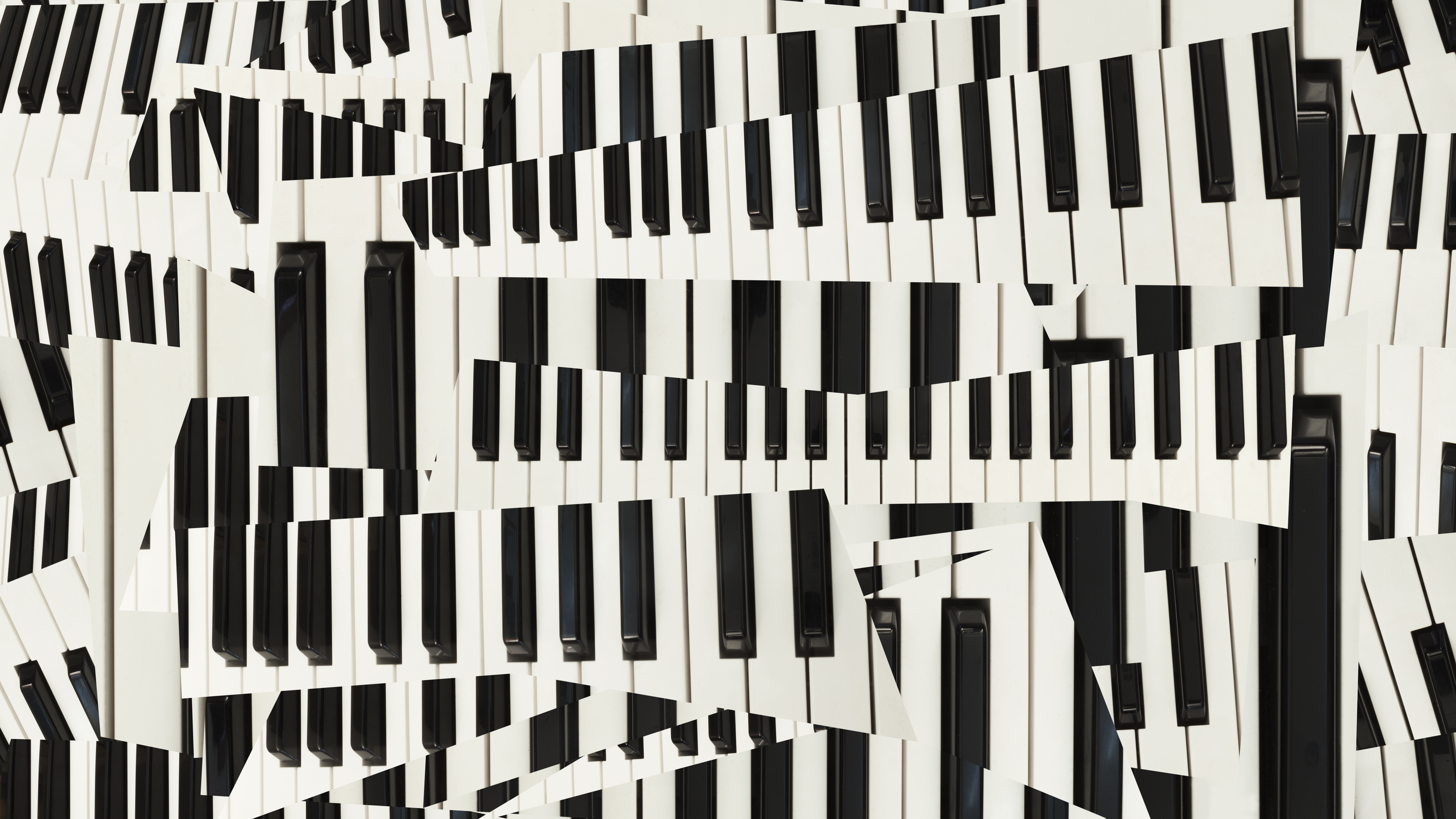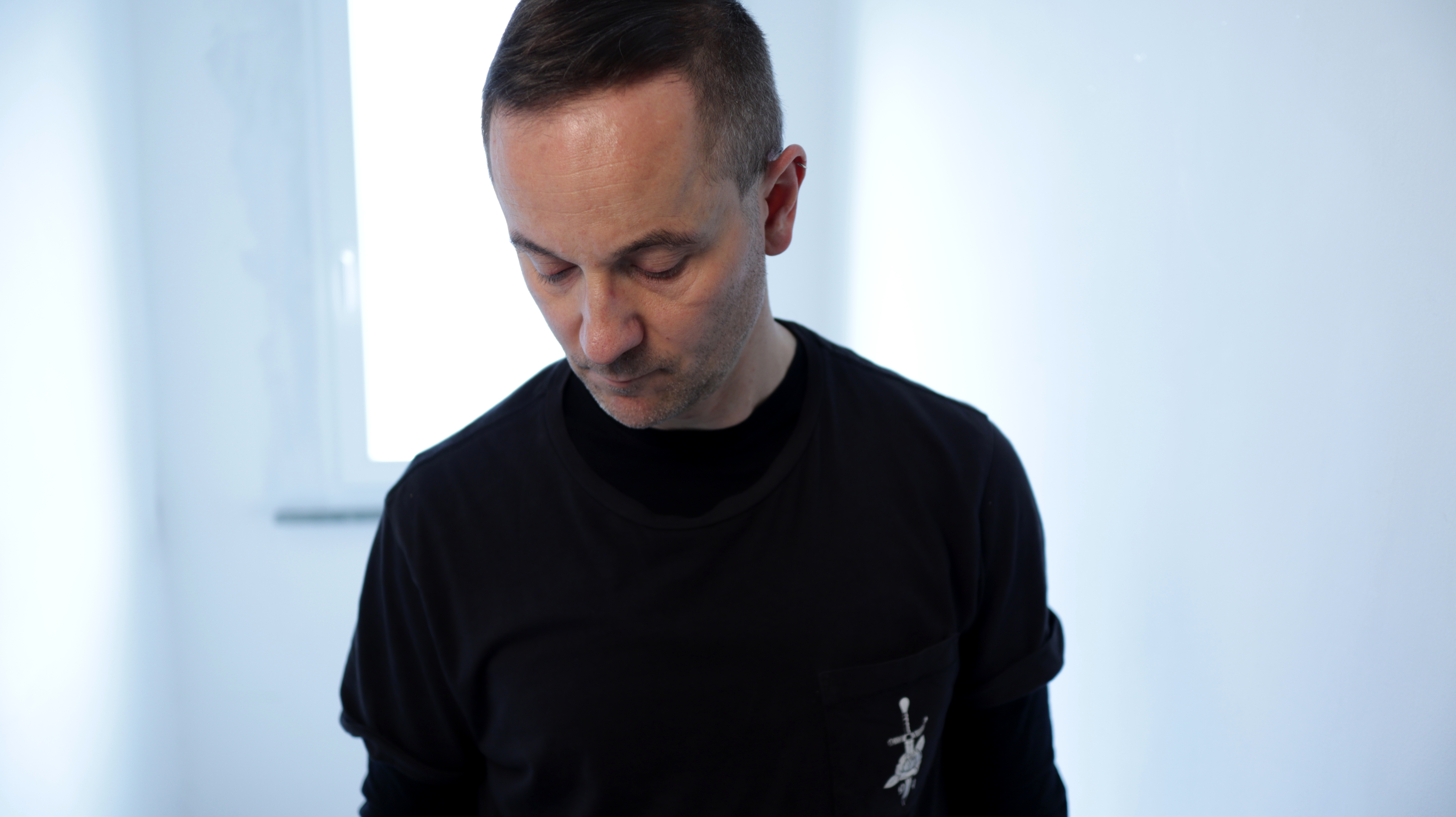Stuck for inspiration? Try applying these 5 techniques from visual art to your music production
There are plenty of ideas to be found in the art world that could help you mix up your approach to music-making

Although music is a form of art, when we talk about art, many people think only of visual art such as paintings, drawings and sculptures.
According to the Oxford English Dictionary, art is “the expression or application of human creative skill and imagination”, which very much applies to music production too. Although there is, of course, a huge difference between the skills and techniques required by visual art and those employed in music-making, there are many artistic concepts and ideas that can be applied to both mediums.
Visual artists have long taken influence from the tones, textures, patterns and shapes that are found in music, but there’s no reason that we musicians can’t take influence from visual art and its associated concepts too. In this article, we’ll explore some of those concepts, what they mean in artistic terms and how you can apply those to your own music production practice.
1. Minimalism
In the world of visual art, minimalism refers to art that is only itself, and doesn’t attempt to emulate or depict something else. It’s often characterised as having a simple, stripped-back form, often with gradual changes in colour, shape or texture. Think of paintings that appear to be a single colour at first glance, but that reveal a nuanced gradient or subtle changes in texture upon closer inspection.
While the term minimalism stemmed from the visual arts in the '60s, it was quickly adopted by creatives in other fields to describe other forms of work. The minimalist movement worked its way into the practices of architecture, fashion, literature, cooking and of course, music.
Anyone familiar with the many sub-genres of house and techno will be familiar with the term ‘minimal’, but this isn’t where minimalism first found its way into music. In the musical domain, minimalism was first used to describe classical music with repetitive patterns, melodies, tones and a simple structure.
At the core of minimalism is the notion that you can trim the fat from your creative projects, leaving only the elements that add the most value. This helps to distill the essence of your creative projects, making them more impactful for you and for your audience.
Get the MusicRadar Newsletter
Want all the hottest music and gear news, reviews, deals, features and more, direct to your inbox? Sign up here.
This is immediately recognisable in the aforementioned genres of minimal house and minimal techno, which feature the usual watermarks of their respective umbrella genres, but are stripped back to their bare bones. Tight, snappy drums leave plenty of space for silence, while vocals and melodies are used more sparsely.
If house and techno aren’t your bag, fear not. You can implement the concept of minimalism in any style of music. Try to streamline some tracks you’re working on, removing anything that doesn’t positively add value. Similarly, try limiting yourself to a set number of elements. You might be surprised by how much you’re able to remove while still retaining the feel and vibe of a track.
2. Hyperrealism
In some ways, this next artistic concept is a complete contrast to the last. Where minimalist art doesn’t attempt to emulate something in real life, the motive behind hyper-realism is to create art that is as close to real life as possible—at times even emphasising certain characteristics to make them seem more visceral.
In visual art, this might include extremely detailed drawings or paintings that are presented in hi-fidelity. Hyper-realist music contains elements that are not only meant to resemble real-life sounds, but are then exaggerated with considered sound design, advanced recording techniques, precise audio processing or a combination of the above.
One music artist who experimented with hyper-realism to great effect was Scottish producer SOPHIE. Known for her pioneering contributions to the hyperpop genre, SOPHIE was considered to be one of the most unique artists, producers and sound designers of recent years.
In her 2015 track Lemonade, the highly digital popping noises emulate the bubbles found in fizzy drinks. The noises are clearly synthesised as opposed to recorded, and don’t sound anything like real bubbles, but the resemblance of the sound combined with the song’s title causes the listener to immediately associate the sound with bubbles popping.
To apply the concept of hyper-realism in your own productions, think about the components or characteristics of a sound that make it recognisable, then find a way to exaggerate those characteristics. For example, lip smacks, sibilance and breaths are what make vocals sound natural and organic. By emphasising those elements, or perhaps layering them with other sounds, we can heighten the human effect a vocal has in a composition.
3. Collage
You’re probably familiar with the term ‘collage’, referring to art that is made by combining various materials from a range of sources to create one singular piece of work. By applying the same principle to audio, you create a sound collage. This practice is known as musique concrète.
By that definition, could you describe all sample-based music as musique concrète on the basis that it combines sounds from a range of sources? Not quite. Generally, this experimental type of music operates outside of the commonly accepted norms of other types of music; the concepts of rhythm, melody and structure don’t tend to apply to musique concrète. Instead, audio recordings might be processed and applied arbitrarily to create variety and contrast, as is the case with visual collages.
French experimental composer Pierre Schaeffer is widely considered to have developed the technique during the late 40s, and eventually coined the term musique concrète. Along with Pierre Henry, he composed the 1950 piece Symphonie pour un homme seul (Symphony for One Man Alone), a composition of 22 movements, later revised to 12, performed live using several turntables and mixers.
Soon after, the accessibility of studio tape machines made it much easier for artists to experiment with sound collages. Seminal artists such as The Beatles even dabbled in the practice by cutting, splicing, reversing and processing segments of audio that included vocals, speech, environmental sound and music.
Today, it’s easier than ever to delve into the world of sound collages and musique concrète; simply drop audio clips into your DAW in order to edit, process and arrange them as you wish. Even free software like Audacity is a suitable tool for creating your own sound collages. If you’re not comfortable with creating entire compositions using this method, experiment with the technique by applying it in certain sections of your track, such as the introduction.
4. Data art
Artists can take influence from all manner of subjects and themes, but the notion of data art lets practitioners go a step further than just taking influence. Data art is the practice of using datasets to create art that represents the data in a meaningful and engaging way. Because data art is based upon tangible information, it is a more objective form of creativity that is less reliant on artist imagination and audience interpretation.
In the visual domain, data art can take any number of forms, from drawings and paintings to sculptures and installations. Data art in the audio domain is known as sonification, and is an innovative method for musicians to generate sound with various types of data. One popular source of data is fluctuations in the electrical current generated by plants, which can be interpreted by specialist equipment and converted to MIDI messages that your DAW understands.

Meet Valery Vermeulen, the scientist and producer turning black holes into music
If you don’t want to invest in biodata hardware and don’t have the means to create your own bespoke synthesiser, there are now a range of software tools that can convert all manner of data to MIDI within your DAW. For Ableton Live users, Sonification Tools is a Max4Live suite that can transform raw data into modulation, effects or audio. Or there are free open-source options such as TwoTone, which can convert your data to audio within your browser.
5. Generative art
Closely related to data art is generative art, which usually relies on an autonomous system to generate shapes, colours and patterns according to a set of predetermined rules or constraints. Like data art, generative art takes some of the control out of the artist’s hands and instead leaves it with an external process, which may be digital or mechanical.
The growing accessibility and power of artificial intelligence has fuelled the evolution of both data art and generative art, as it has made it much quicker and easier to develop systems that can create intelligent data visualisations.
The principles of generative art can be applied to music production with just a few MIDI effects; try choosing the Random option on an arpeggiator to create generative patterns from the chords you're playing, or making use of plugins like Audiomodern's Riffer to randomly generate musical riffs and sequences.
Additionally, many DAWs now contain generative tools with randomized parameters, and even LFOs with a random LFO shape can be used to achieve unexpected results.
These types of devices can be used to generate completely experimental audio compositions, or you can set up a generative system and then mine the resulting audio for specific moments that can be used in more conventional musical projects.


Jake Gill is a journalist, content writer and music producer based in Bristol, UK. Having studied marketing as well as music production, he's gone on to write for some of the industry's leading software developers, instrument manufacturers and publications. Alongside his writing work, he produces and DJs all manner of electronic music under his Yanari alias.
“How daring to have a long intro before he’s even singing. It’s like psychedelic Mozart”: With The Rose Of Laura Nyro, Elton John and Brandi Carlile are paying tribute to both a 'forgotten' songwriter and the lost art of the long song intro
“The verse tricks you into thinking that it’s in a certain key and has this ‘simplistic’ musical language, but then it flips”: Charli XCX’s Brat collaborator Jon Shave on how they created Sympathy Is A Knife










